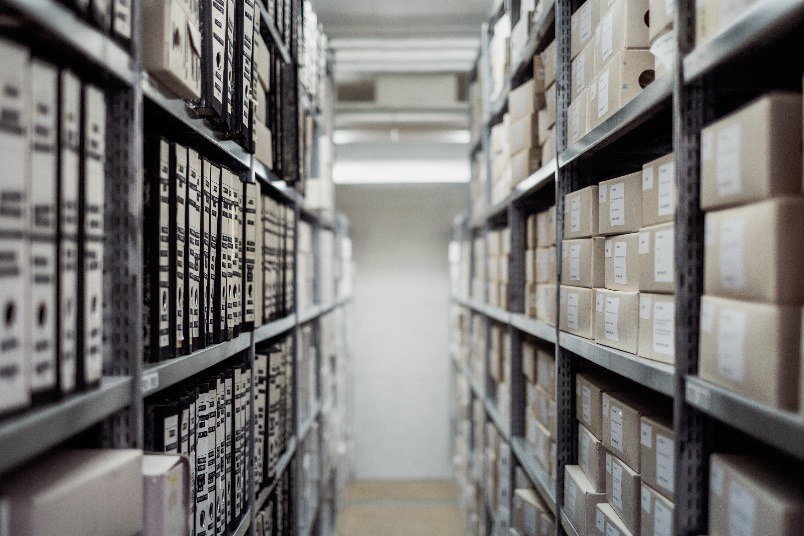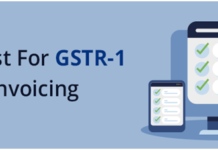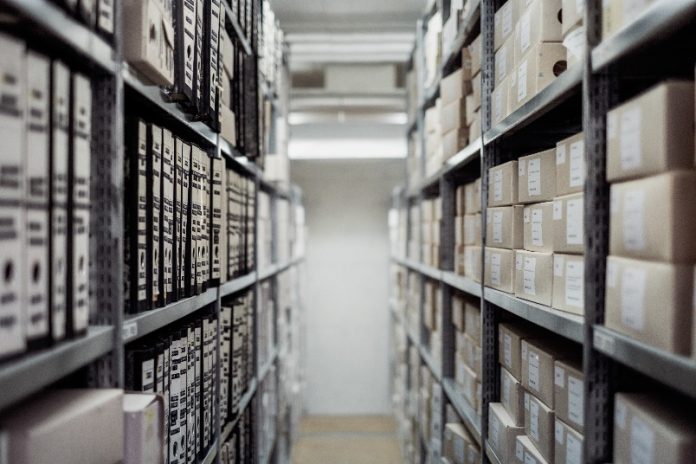While drones and UAVs still require mainstream adoption, first tests have demonstrated the future potential of UAVs especially in rural delivery scenarios
2016 has been an exciting year for the Indian logistics industry — from GST to startups, each development is enhancing the industry to be more efficient and effective. There is a major shift coming from startups with new technologies and business models — close to 90 startups have been funded since 2014.
2017 will filter out the ones with sustainable business models. The outlook for logistics in 2017 remains bright. In terms of startups, the one with the sound fundamental play will remain standing while the fund-raise play falls apart.
 India’s logistics industry is fragmented and underdeveloped; this leads to logistics costs remaining relatively high, due to poor physical and communications infrastructure. High dwell time at ports, low levels of containerisation, and a multi-layered tax system contributing to significant delays at border crossing points.
India’s logistics industry is fragmented and underdeveloped; this leads to logistics costs remaining relatively high, due to poor physical and communications infrastructure. High dwell time at ports, low levels of containerisation, and a multi-layered tax system contributing to significant delays at border crossing points.
The proposed goods and services tax (GST) will help companies reduce logistics cost by 1.5 to 2.5 per cent as they reconfigure their supply chains and bring in key structural changes like fewer and larger warehouses, and larger number of bigger trucks on the road.
With greater adoption of the hub-and-spoke model, these changes will lead to greater economies of scale for transport operators and lead to more companies outsourcing their logistics operations. Warehousing will be at centrestage with GST coming into effect as companies like Amazon looks to take a step forward in major cities like Hyderabad, while Alibaba looks to enter India through Paytm.
Demonetisation is also a boon to the industry as it is highly reliant on e-retail and online ordering. Cashless transactions and a digital India push will drive growth in hyperlocal logistics, which means there is a serious need for innovation and disruption in the last mile logistics space, which will be solved in coming years by startups like Last Mile Delivery, VDeliver, Lotruck and Connect India.
However, the payment gateway charges may cut into the thin margins of the providers and users. This requires a serious revamping and the cost must come down significantly to a level of one tenth of current levels.
The bold movement of Uberisation in India, led by companies like ReturnTrucks, is changing the vehicle engagement, utility, and transportation aspects of logistics. Newer trends will greatly change the landscape and dynamics of express cargo, which will take a different shape as newer companies like Rivigo, Delhivery, and Blackbuck take the ground and offer better value.
The value of time, which was never really understood by traditional players, will be a major reason for their lagging behind, as new players focus on route optimisation and quicker deliveries.
Global technological development will deeply impact and improve the logistics industry. Some of the major technologies in focus would be 3D printing, autonomous vehicles, AI, IoT, drones, and robotics. 3D printing will minimise the need for movement of spare parts and will greatly impact the logistics sector in coming years.
With AI and IoT already being used in tandem, their full potential will be unleashed in 2017, as more and more startups focus on AI for route optimisation, and IoT for fleet management and better optimisation for the operator. However, only a few logistics applications with substantial business impact have materialised so far.
Autonomous vehicles are on testing grounds. Self-driving vehicles have already made inroads into logistics, reaching a level of maturity for commercial use in warehouse operations. The next step for self-driving vehicles in logistics will be to overcome regulatory and security challenges to deploy autonomous vehicles on public roads.
While drones and UAVs still require mainstream adoption, first tests have demonstrated the future potential of UAVs especially in rural delivery scenarios. However drones will also be in focus in 2017, increased use and optimistic plans from the e-retail giant Amazon will completely change the landscape.
Advancements in robotics, AI and Machine Learning will greatly improve efficiency in logistics and warehousing, through various applications like warehouse robots and automation, route optimisation, territorial mapping and dynamic pricing.
2017 will be the defining year for the logistics industry, with better-than-expected growth, efficiency improvements, and newer technological applications. There will be mushrooming of startups, and the ones with clear sustainable business models will remain standing. We can expect more consolidation in the industry and also greater competition.
—-
This article was originally published on LinkedIn Pulse and was republished with permission.











































